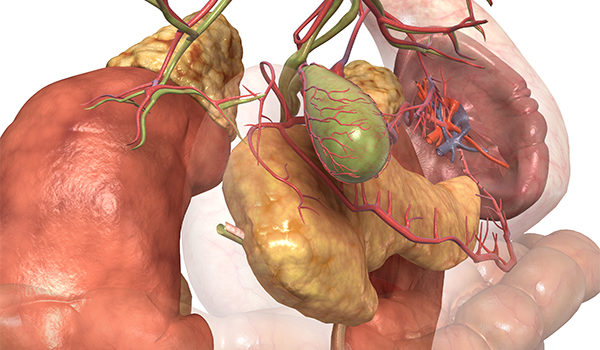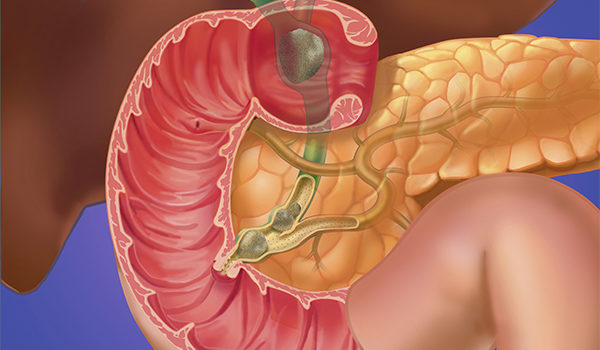Urgent message: Fear of fever leads many parents to seek urgent care. Addressing their fears should be part of the care of febrile children. DEENA R. ZIMMERMAN, MD, MPH, IBCLC; NAHUM KOVALSKI, MD; BARUCH HAIN, BA; and JOSHUA LIPSITZ, PHD In several studies, researchers have found that a large percentage of parents have fever phobia, or inaccurate beliefs about the harmfulness of an elevated body temperature. Those studies were conducted in primary-care settings, so we …
Read More









